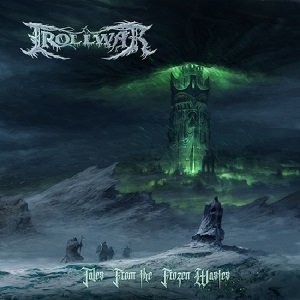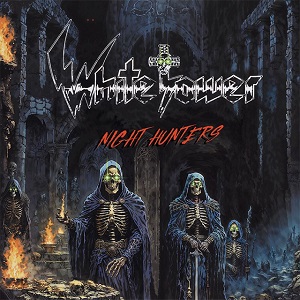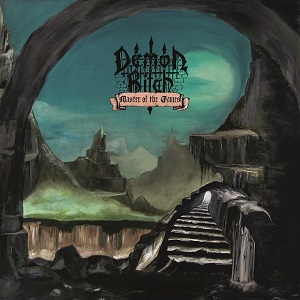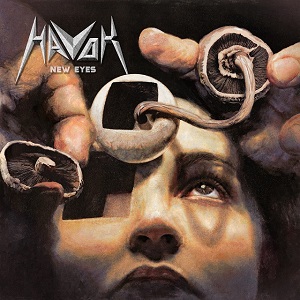ARCH ENEMY - Ancestor Of The Basket Stars Fossils Discovered And Named After Extreme Metal Legends
June 14, 2018, 6 years ago

Basket stars are undoubtedly among the most bewildering marine creatures. They belong to the brittle stars, the slender-armed cousins of the starfish, but when they unfold their arms to catch plankton, they look more like an amazingly delicate shrub in the ocean moving its branched twigs. When scientists in the early 19th century first described basket stars, they felt reminded of the dreadful Gorgons from Greek mythology, hence the scientific name of the basket stars that literally translates into Gorgon heads.
Since their discovery, basket stars have puzzled scientists as to where they come from and how they relate with their ‘normal’ brittle-star relatives. Recently, palaeontologist Ben Thuy from the Luxembourg Natural History Museum and his co-author Sabine Stöhr, zoologist at the Swedish Museum of Natural History, solved a significant part of the mystery. They analyzed fossil remains of two brittle star species from the Jurassic of Luxembourg and Germany and were surprised to discover that these fossils represent the previously overlooked ancestors of the basket stars!
“The fossils we examined are microscopic skeletal parts retrieved from sieve-washed clays, hardly visible to the naked eye”, Ben Thuy, lead-author of the study, explains, “but sometimes even tiny fossils can provide ground-breaking insights into the evolution of marine life”.
Because the new fossils represent transitional forms between basket stars and ‘normal’ brittle-stars, they significantly help understand the evolutionary relationships between both groups.
When scientists discover new fossils, they have the privilege to name them. For the two new basket star ancestors, lead-author Ben Thuy decided to pay tribute to a particular source of inspiration: the heavy tunes of Swedish extreme metal band Arch Enemy that accompanied the lengthy hours of fossil picking, analysis, and electron microscopy.
“Naming fossils after one of my favourite bands is an extraordinary opportunity to combine two of my greatest passions: science and music”, explains Ben Thuy.
Because scientific names are often latinised, one of the new species was named Melusinaster arcusinimus, literally translating into “arch enemy”.
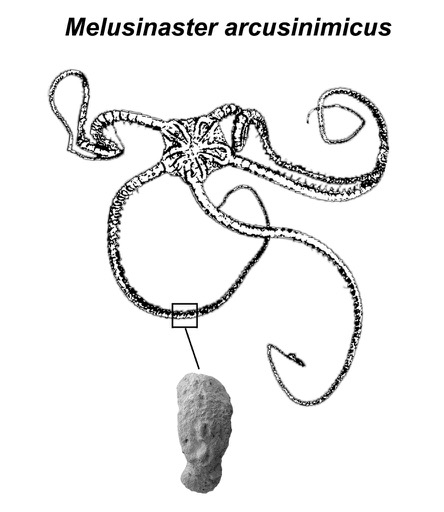
The second species specifically honours Arch Enemy vocalist Alissa White-Gluz, “for being an inspiring person, and to pay tribute to the intensity, authenticity and passion that she conveys in her powerful vocals” as stated in the original scientific publication (available here).
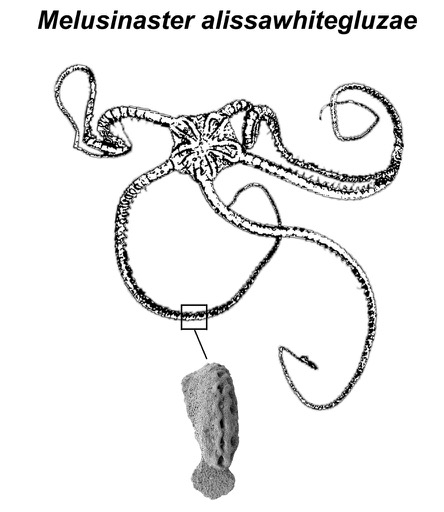
Honour to whom honour is due, but what happens when rock stars actually meet the fossils named after them? On July 10th, Arch Enemy will let the stages burn in Esch-sur-Alzette, Luxembourg, not far from the site where the Arch Enemy fossil was discovered. Could there be a better setting to officially unveil the new Arch Enemy fossil? Without anticipating too much, this show will not be like the others.
After its official unveiling on July 10th, the Arch Enemy fossil will be on display as part of the travelling exhibition Rock Fossils shown in Luxembourg at Abbey Neimenster until September 9th, open daily from 11 AM to 6 PM, free entrance. Visit here for more information.


